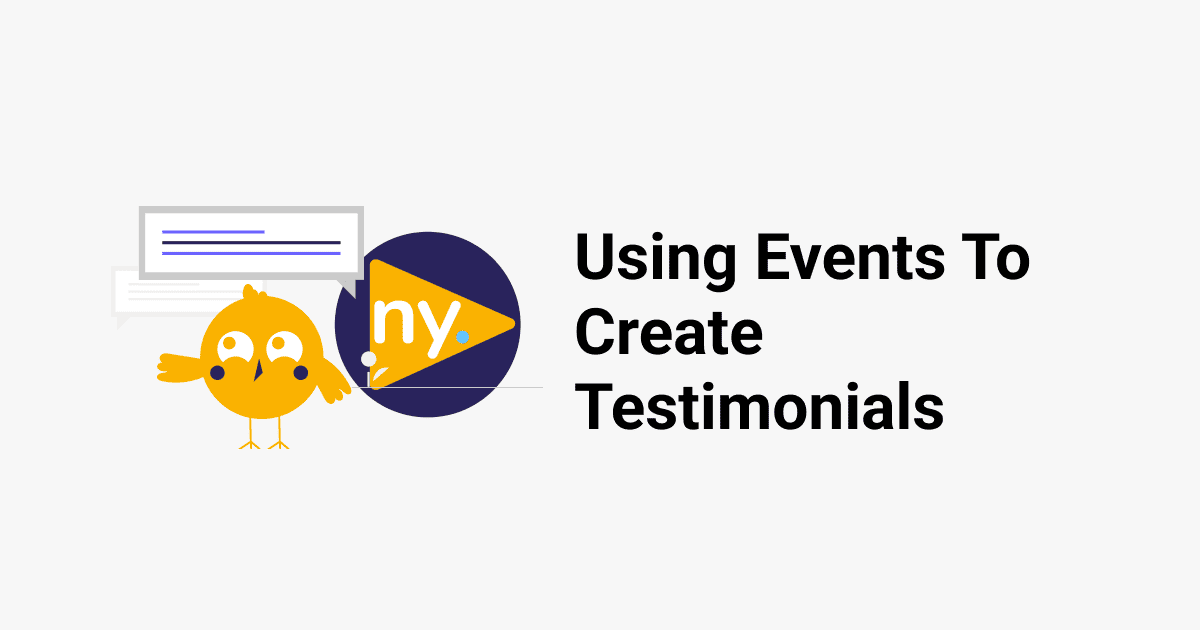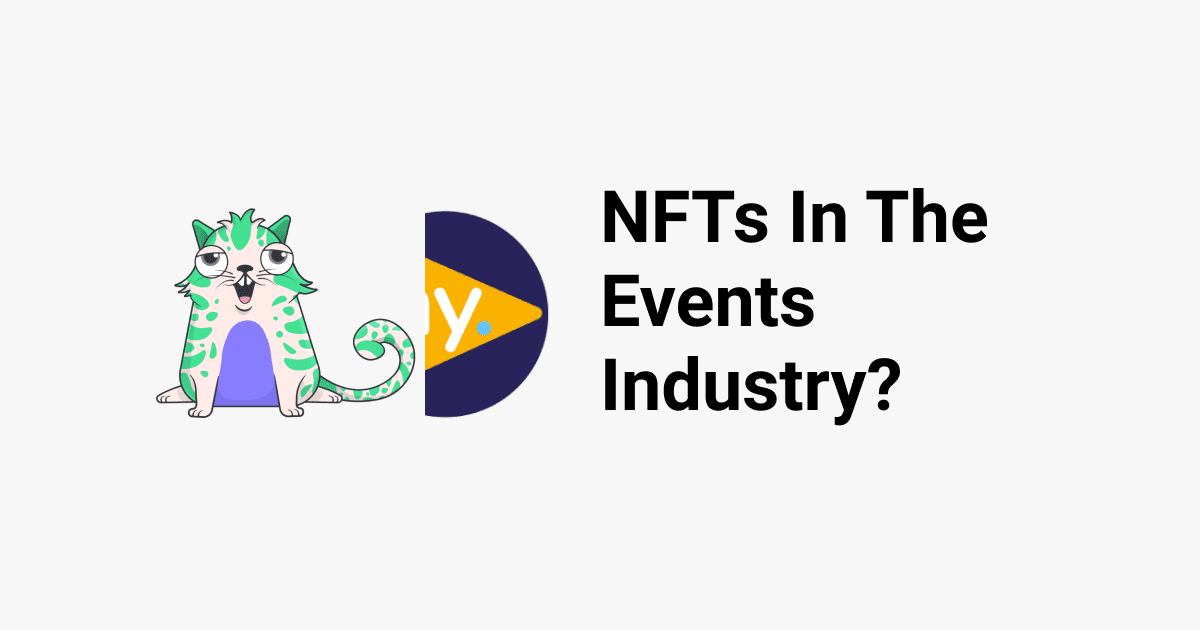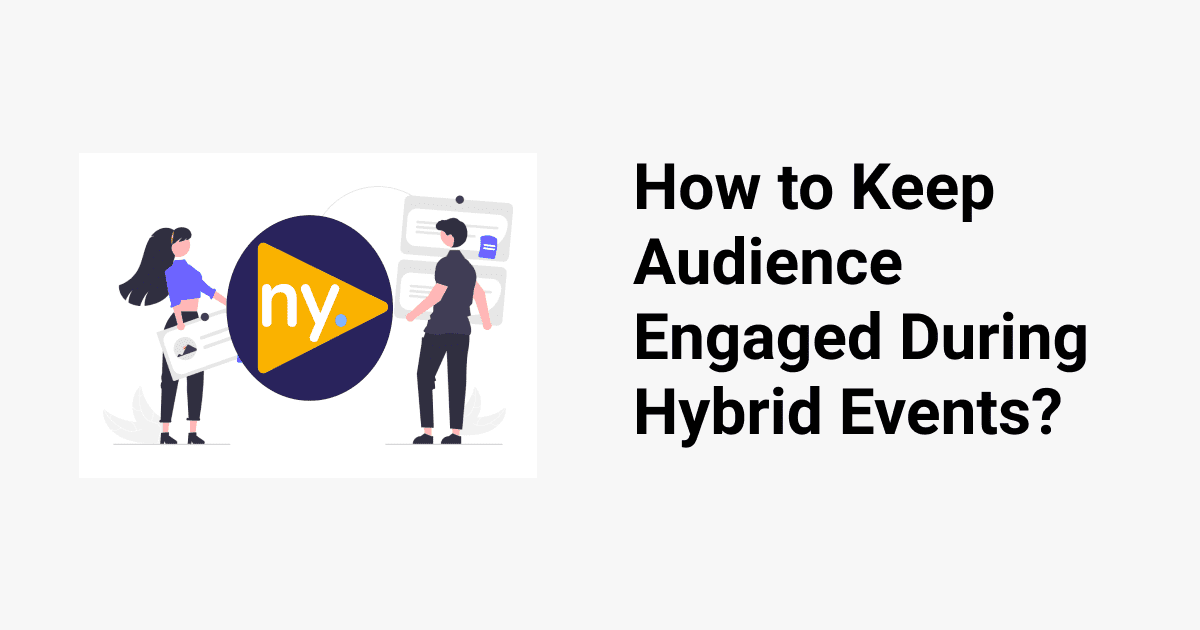You’re probably sick of hearing “we’re in unprecedented times!” If there is an industry that’s been affected by the virus directly, it’s the events industry. It’s caused us to make swift changes in such short notice. This has subsequently caused a major rise in the organisation of online events.(1) I would like to focus this piece on business events and conferences, particularly those that pivoted to webinars and virtual events that are now discussing a potential step towards hybrid events. I want to address what the events industry could look like over the next 6 to 12 months with so much changes and uncertainty facing the industry at the moment.
After attending a few virtual events I’ve noticed an interesting trend that explores the Hybrid Events format. This format is not very popular at the moment due to the lockdown restrictions. However the conversations around this format has slowly begun to rise in different pockets of the industry both in the UK and internationally. As the Business Leader publication puts it, Hybrid events (along with virtual) will encourage a steady increase in attendance. They go on to link how this new format will tackle the long term sustainability issue that was prominently discussed at this years Confex 2020 conference that was held pre-covid19.(2)
There are many different ways to host a hybrid event. Part of the event happens physically whilst the rest of it takes place online. This allows organisers to ensure they are following Covid rules whilst being able to hold live events. As Alan O’Neill put it in his article on The Independent.ie, this model could create a new format for conferences and events that rely on some element of physicality to serve their attendees.(3) There are two main choices that organisers and planners have.
Only speakers are physically present for the event.
This comes as an obvious first step towards the new world. Bringing the speakers and hosts of the events together makes it easy to manage and allows the implementation of social distancing rules. The conversations become natural (no virtual video lags or wifi scares) and the speakers can get comfortable with each other prior to the event.The audience would then watch the event via a live stream. Zoom says it takes 150 milliseconds of lag before a video conversation no longer feels natural, well you don’t have this issue if the panelists are all in the same room.
We’ve already started to see this being implemented at a few events across the world where lockdown rules have been eased and the first initial steps to a distorted form of normality have taken place. This format has proven itself as a real contender. We will explore this a little more at our event on the 1st of July (Join us here) around what the new world will look like for the events industry post-lockdown. We will speak to industry experts who have successfully put together a few hybrid and virtual events that follow this format domestically and abroad where the lockdown rules have been relaxed.
Speakers and a small number of attendees are present physically at the event.
The down side to the former hybrid format is it lacks the presence of attendees at the event. Having attendees present gives organisers the chance to quickly understand how the event is being received. It gives the speakers the opportunity to look at the faces of the attendees whilst talking. Having that connection with an audience missing can make it feel like you are talking to thin air.
Another benefit to having a controlled number of attendees means you are able to control the flow of people at the event and ensure that everyone present is following the social distancing rules. It gives you the opportunity to slowly over time understand the processes we need to have in place to ensure people are staying safe and benefiting from the event. Not to mention the ever sought-after sense of normality.
To put on a great Hybrid event, you don’t need a crazy expensive film set. You can do this at a location that allows you to safely practise social distancing (like most venues). You could also have a film crew to help you set up a live stream that you can send out to your attendees. Read this article here to see how Alan O’Neill was able to accomplish this with his client.
In addition, using the platform Newny will allow you to ensure that both your online and offline audience are engaged with the event simultaneously. Newny has integrated YouTubes live streaming capabilities into the platform. You can stream your hybrid event and engage your audience from the same platform. They can ask questions and network with each other, just like they would if they were all in the same room. As the event organiser, you can monitor and moderate the questions posed to the speakers.
Hybrid events produce a great opportunity for venues and other event suppliers that rely on the physical nature of events to begin introducing some elements of “back to business” normality. Production houses have pivoted to building beautiful virtual studios that event organisers can use for their hybrid events (similar to anchor news rooms). Companies such as Faber AudioVisual have created stunning sets (see set here). Film crews can now start producing crisp live streams to platforms like Youtube.
For this piece, I wanted to introduce the concept of Hybrid events. In the coming blog posts, I want to delve a little deeper into the technical aspects and how each event supplier plays a key role in producing a successful event.
If you want to hear more about this conversation then you should definitely join us on the 1st of July at 5:30pm. We’ve put together an expert panel who’re experienced in the different event formats. Join the event here.
Find out how Newny can help you plan your next hybrid event. Book a meeting with me to discuss how we can implement this for your next event.
[This article was originally published in June 2020].







